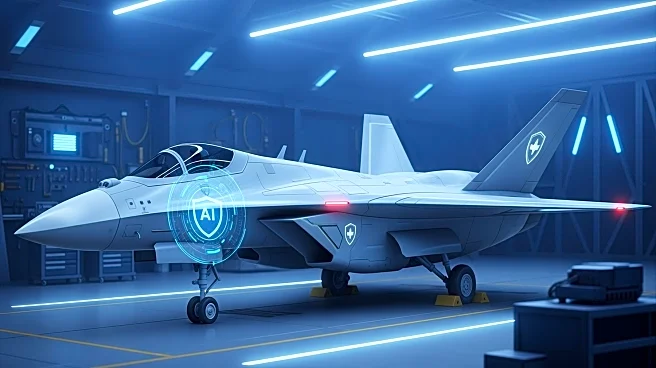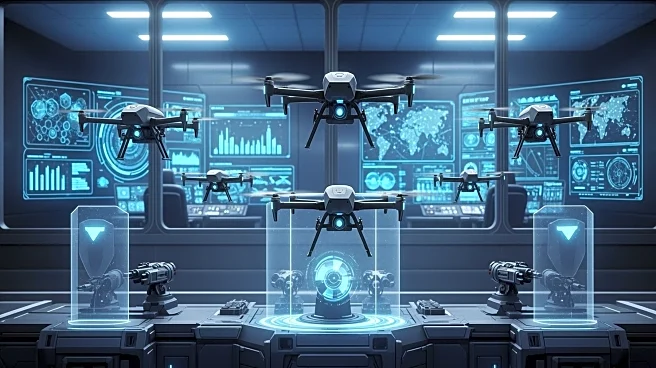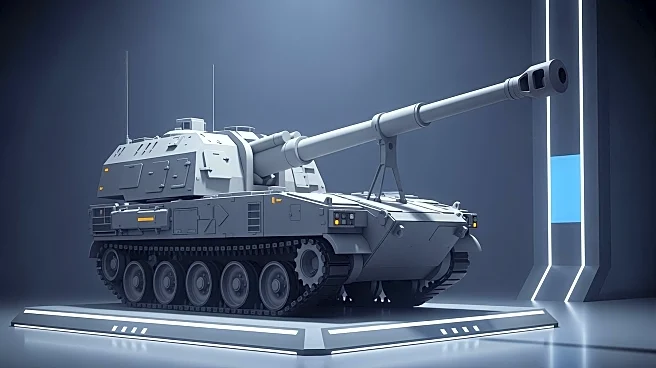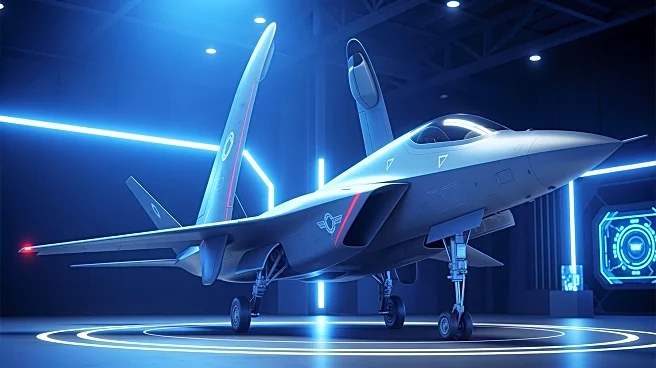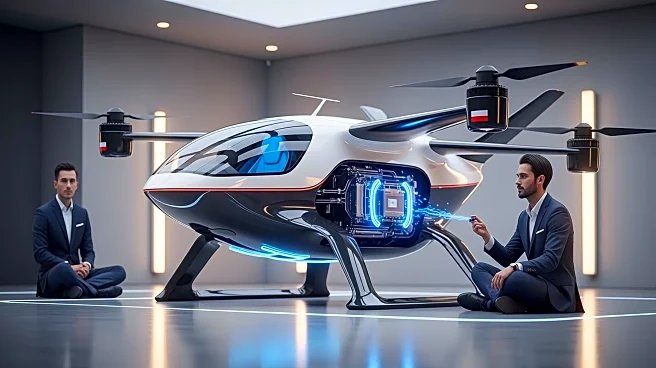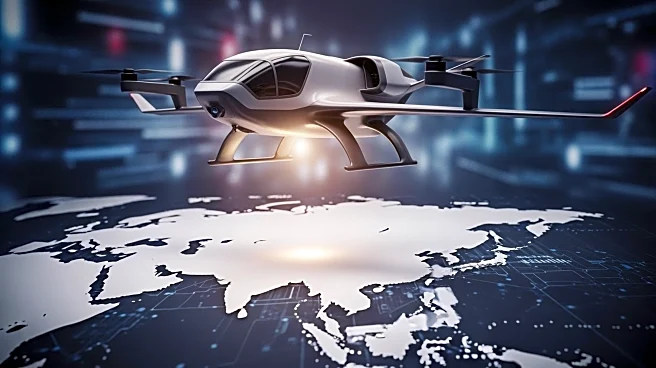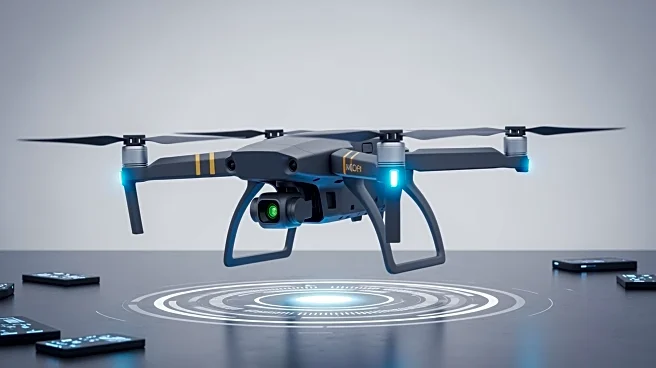What's Happening?
Shield AI, a defense technology firm based in San Diego, has introduced a new AI-piloted fighter jet named X-BAT. This aircraft is designed to operate independently of runways, GPS, and constant communication links, allowing it to think, fly, and fight autonomously.
The X-BAT can take off vertically, reach altitudes of 50,000 feet, and fly over 2,000 nautical miles. It is equipped with an onboard autonomy system called Hivemind, enabling it to execute strike or air defense missions from ships, small islands, or improvised sites. The jet's design aims to counter China's strategy of targeting U.S. aircraft before they can launch, using long-range precision missiles.
Why It's Important?
The introduction of the X-BAT fighter jet represents a significant advancement in military technology, potentially altering the dynamics of air combat. By enabling operations from unconventional locations, the X-BAT addresses vulnerabilities in traditional air power strategies, which rely heavily on fixed runways. This development could enhance U.S. military flexibility and deterrence capabilities, particularly in the Indo-Pacific region where China's missile capabilities pose a strategic threat. The aircraft's affordability and attritability make it viable for high-end combat scenarios, offering a cost-effective solution compared to legacy jets like the F-35.
What's Next?
Shield AI is currently in discussions with the U.S. Air Force and Navy to integrate the X-BAT into future combat programs. Additionally, several allied militaries are exploring joint development opportunities. The company aims to have the X-BAT combat-ready by 2029, with plans to scale production to maintain affordability. This initiative is part of a broader shift towards distributed airpower, where unmanned systems are expected to outnumber manned platforms significantly, mirroring trends seen in space technology.
Beyond the Headlines
The development of the X-BAT highlights a generational shift in air power strategy, emphasizing mobility and distributed systems over traditional centralized approaches. This shift could lead to a reevaluation of military tactics and resource allocation, potentially influencing global defense policies. The ethical dimension of autonomous combat systems remains a critical consideration, as human oversight in lethal force decisions is emphasized by Shield AI.
